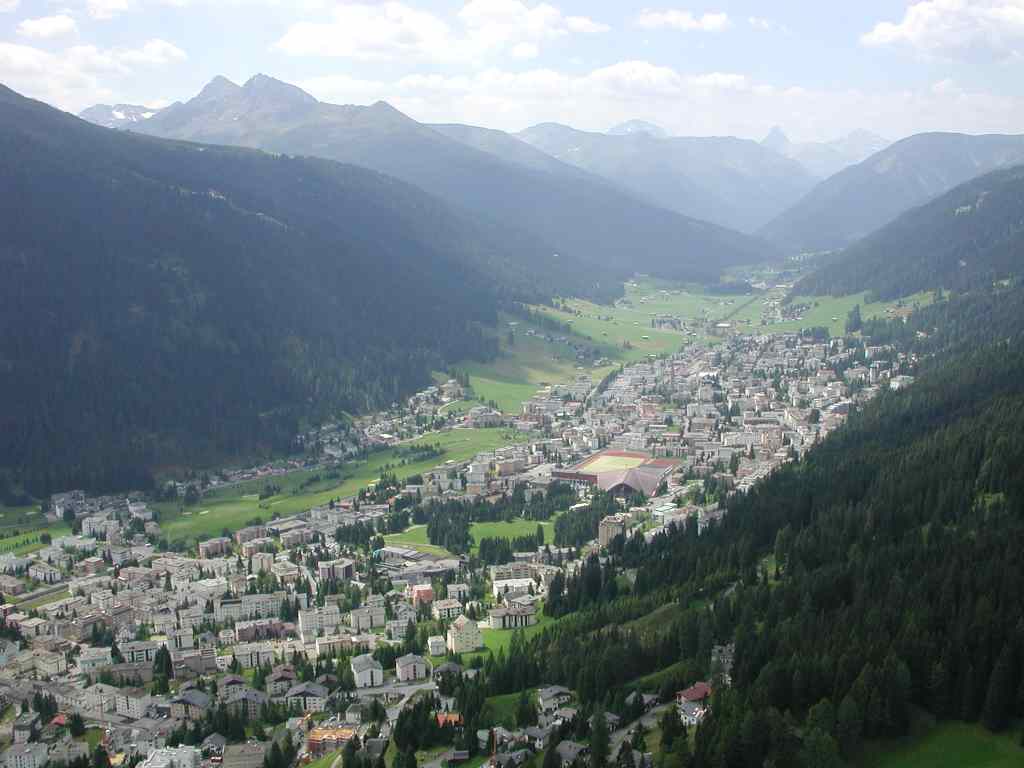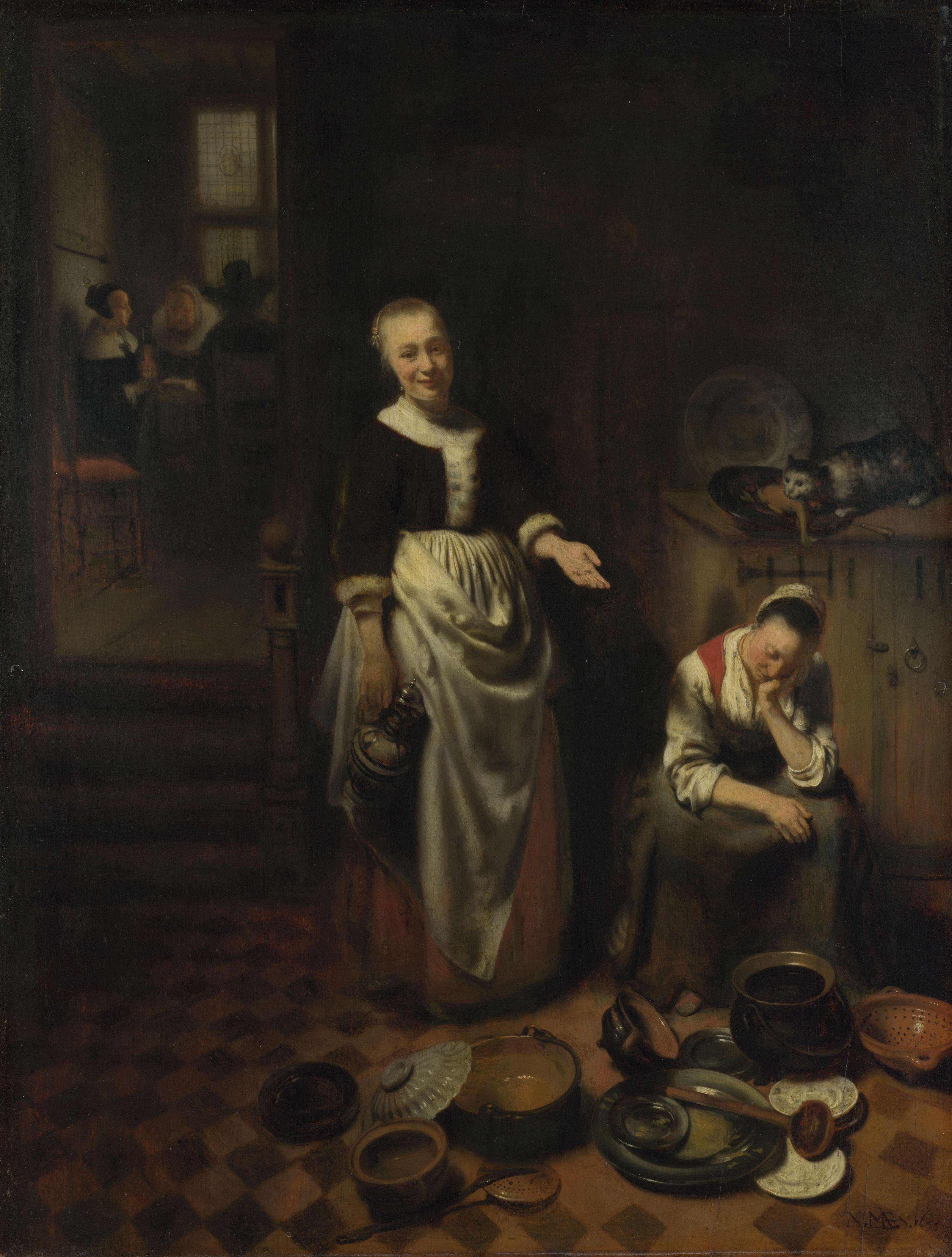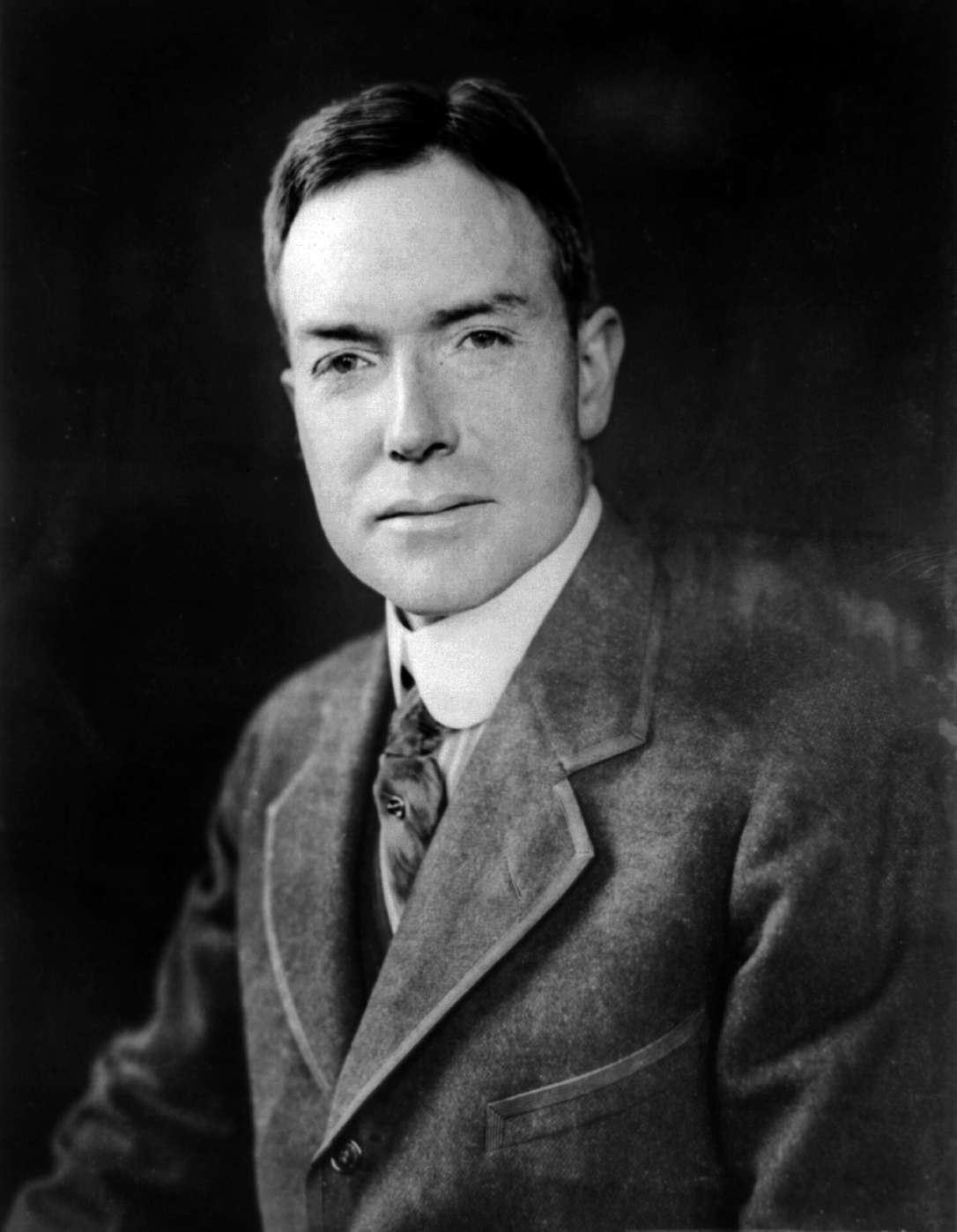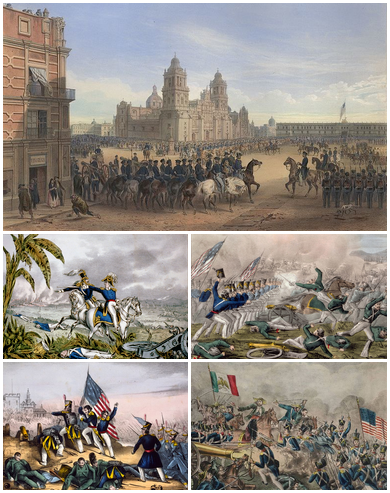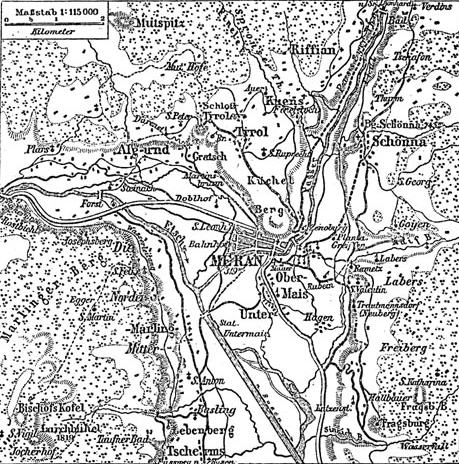|
Karl Emanuel Jansson
Karl Emanuel Jansson (7 July 1846, in Finström – 1 June 1874, in Jomala) was a Finnish painter, primarily of Genre art, genre scenes. Biography His father worked as a farmer. His initial inspiration to pursue an artistic career came from the parish painter who was teaching him to read and write. After a year of apprenticeship with a shoemaker, he left to become the assistant to the painter. In 1859, the Vicar Frans von Knorring came across some of Jansson's drawings and sent them, along with a letter of recommendation, to the . This resulted in a scholarship for him to study at the Society's drawing school in Turku, overseen by Robert Wilhelm Ekman.Brief biography @ Uppslagsverket Finland. Upon his arrival, Ekman helped arrange lodging and provided necessary art supplies. In 1862, he relocated to Stockholm to ... [...More Info...] [...Related Items...] OR: [Wikipedia] [Google] [Baidu] |
Davos
Davos (, ; or ; ; Old ) is an Alpine resort town and municipality in the Prättigau/Davos Region in the canton of Graubünden, Switzerland. It has a permanent population of (). Davos is located on the river Landwasser, in the Rhaetian Alps, between the Plessur and Albula Ranges. The municipality covers nearly the entire valley of the Landwasser, and the centre of population, economic activity and administration is two adjacent villages, ''Davos Dorf'' (engl.: Davos Village) and ''Davos Platz'' (Davos Place), which are above sea level. Gaining prominence in the 19th century as a mountain health resort, Davos is perhaps best known today for hosting the World Economic Forum, an annual meeting of global political and corporate leaders. With its long history of winter sports, Davos also has one of Switzerland's largest ski resorts and hosts the international Spengler Cup, an ice hockey tournament, every December. Name ''Tavau'', the Romansh name, derives from the La ... [...More Info...] [...Related Items...] OR: [Wikipedia] [Google] [Baidu] |
19th-century Finnish Painters
The 19th century began on 1 January 1801 (represented by the Roman numerals MDCCCI), and ended on 31 December 1900 (MCM). It was the 9th century of the 2nd millennium. It was characterized by vast social upheaval. Slavery was abolished in much of Europe and the Americas. The First Industrial Revolution, though it began in the late 18th century, expanded beyond its British homeland for the first time during the 19th century, particularly remaking the economies and societies of the Low Countries, France, the Rhineland, Northern Italy, and the Northeastern United States. A few decades later, the Second Industrial Revolution led to ever more massive urbanization and much higher levels of productivity, profit, and prosperity, a pattern that continued into the 20th century. The Catholic Church, in response to the growing influence and power of modernism, secularism and materialism, formed the First Vatican Council in the late 19th century to deal with such problems and confirm ce ... [...More Info...] [...Related Items...] OR: [Wikipedia] [Google] [Baidu] |
Genre Painters
Genre art is the pictorial representation in any of various media of scenes or events from everyday life, such as markets, domestic settings, interiors, parties, inn scenes, work, and street scenes. Such representations (also called genre works, genre scenes, or genre views) may be realistic, imagined, or romanticized by the artist. Some variations of the term ''genre art'' specify the medium or type of visual work, as in ''genre painting'', ''genre prints'', ''genre photographs'', and so on. The following concentrates on painting, but genre motifs were also extremely popular in many forms of the decorative arts, especially from the Rococo of the early 18th century onwards. Single figures or small groups decorated a huge variety of objects such as porcelain, furniture, wallpaper, and textiles. Genre painting ''Genre painting'', also called ''genre scene'' or ''petit genre'', depicts aspects of everyday life by portraying ordinary people engaged in common activities. One commo ... [...More Info...] [...Related Items...] OR: [Wikipedia] [Google] [Baidu] |
Swedish-speaking Finns
The Swedish-speaking population of Finland (whose members are called by many names—see below; ; ) is a linguistic minority in Finland. They maintain a strong identity and are seen either as a separate cultural, ethnic or linguistic group or, occasionally, a distinct nationality. They speak Finland Swedish, which encompasses both a standard language and distinct dialects that are mutually intelligible with the dialects spoken in Sweden and, to a lesser extent, other Scandinavian languages. According to Statistics Finland, Swedish is the mother tongue of about 260,000 people in mainland Finland and of about 26,000 people in Åland, a self-governing archipelago off the west coast of Finland, where Swedish is the sole official language. Swedish-speakers comprise 5% of the total Finnish population or about 4.9% without Åland. The proportion has been steadily diminishing since the early 19th century, when Swedish was the mother tongue of approximately 15% of the population an ... [...More Info...] [...Related Items...] OR: [Wikipedia] [Google] [Baidu] |
People From Turku And Pori Province (Grand Duchy Of Finland)
The term "the people" refers to the public or common mass of people of a polity. As such it is a concept of human rights law, international law as well as constitutional law, particularly used for claims of popular sovereignty. In contrast, a people is any plurality of persons considered as a whole. Used in politics and law, the term "a people" refers to the collective or community of an ethnic group or nation. Concepts Legal Chapter One, Article One of the Charter of the United Nations states that "peoples" have the right to self-determination. Though the mere status as peoples and the right to self-determination, as for example in the case of Indigenous peoples (''peoples'', as in all groups of indigenous people, not merely all indigenous persons as in ''indigenous people''), does not automatically provide for independent sovereignty and therefore secession. Indeed, judge Ivor Jennings identified the inherent problems in the right of "peoples" to self-determination, as i ... [...More Info...] [...Related Items...] OR: [Wikipedia] [Google] [Baidu] |
1874 Deaths
Events January * January 1 – New York City annexes The Bronx. * January 2 – Ignacio María González becomes head of state of the Dominican Republic for the first time. * January 3 – Third Carlist War: Battle of Caspe – Campaigning on the Ebro in Aragon for the Spanish Republican Government, Colonel Eulogio Despujol surprises a Carlist force under Manuel Marco de Bello at Caspe, northeast of Alcañiz. In a brilliant action the Carlists are routed, losing 200 prisoners and 80 horses, while Despujol is promoted to Brigadier and becomes Conde de Caspe. * January 20 – The Pangkor Treaty (also known as the Pangkor Engagement), by which the British extend their control over first the Sultanate of Perak, and later the other independent Malay States, is signed. * January 23 – Prince Alfred, Duke of Edinburgh, second son of Queen Victoria, marries Grand Duchess Maria Alexandrovna of Russia, only daughter of Tsar Alexander III of Russia, in th ... [...More Info...] [...Related Items...] OR: [Wikipedia] [Google] [Baidu] |
1846 Births
Events January–March * January 5 – The United States House of Representatives votes to stop sharing the Oregon Country with the United Kingdom. * January 13 – The Milan–Venice railway's bridge, over the Venetian Lagoon between Mestre and Venice in Italy, opens, the world's longest since 1151. * January 23 – Ahmad I ibn Mustafa, Bey of Tunis, declares the legal abolition of slavery in Tunisia. * February 4 – Led by Brigham Young, many Mormons in the U.S. begin their migration west from Nauvoo, Illinois, to the Great Salt Lake in what becomes Utah. * February 10 – First Anglo-Sikh war: Battle of Sobraon – British forces in India defeat the Sikhs. * February 18 – The Galician Peasant Uprising of 1846 begins in Austria. * February 19 – Texas annexation: United States president James K. Polk's annexation of the Republic of Texas is finalized by Texas president Anson Jones in a formal ceremony of transfer of sovereignty. The newly formed ... [...More Info...] [...Related Items...] OR: [Wikipedia] [Google] [Baidu] |
Sexton (office)
A sexton is an officer of a church, congregation, or synagogue charged with the maintenance of its buildings and/or an associated graveyard. In smaller places of worship, this office is often combined with that of verger. Larger establishments, such as cathedrals, may employ a team of sextons. Historically in North America and the United Kingdom the "sexton" was sometimes a minor municipal official responsible for overseeing the town graveyard. In the United Kingdom the position still exists today, related to management of the community's graveyard, with such sextons usually employed by the town/parish or community council. Origin of the name The words "sexton" and " sacristan" both derive from the Medieval Latin word ''sacristanus'' meaning "custodian of sacred objects". "Sexton" represents the popular development of the word via the Old French "Segrestein". Duties Among the traditional duties of the sexton in small parishes was the digging of graves—the The Graved ... [...More Info...] [...Related Items...] OR: [Wikipedia] [Google] [Baidu] |
Imperial Academy Of Arts
The Imperial Academy of Arts, informally known as the Saint Petersburg Academy of Arts, was an art academy in Saint Petersburg, founded in 1757 by Ivan Shuvalov, the founder of the Imperial Moscow University, under the name ''Academy of the Three Noblest Arts''. Catherine the Great renamed it the Imperial Academy of Arts and commissioned a new building, completed 25 years later in 1789 by the Neva River. The academy promoted the neoclassical style and technique, and sent its promising students to European capitals for further study. Training at the academy was virtually required for artists to make successful careers. Formally abolished in 1918 after the Russian Revolution, the academy was renamed several times. It established free tuition; students from across the country competed fiercely for its few places annually. In 1947 the national institution was moved to Moscow, and much of its art collection was moved to the Hermitage. The building in Leningrad was devoted to th ... [...More Info...] [...Related Items...] OR: [Wikipedia] [Google] [Baidu] |
Merano
Merano (, ; ) or Meran () is a (municipality) in South Tyrol, Northern Italy. Generally best known for its Spa town, spa resorts, it is located within a Depression (geology), basin, surrounded by mountains standing up to Height above mean sea level, above sea level, at the entrance to the Passeier Valley and the Vinschgau. The city has been a popular place of residence for several scientists, literary people, and artists, including Franz Kafka, Paul Lazarsfeld and also Empress Elisabeth of Austria, who appreciated its mild climate. Name Both the Italian () and the German () names for the city are used in English. The Ladin language, Ladin form of the name is . The official name of the municipality (''comune'') is ''Comune di Merano'' in Italian and ''Stadtgemeinde Meran'' in German (both are in official use). History Archaic names of the city are ''Mairania'' (from AD 857) and ''an der Meran'' (from the 15th century). In 17th-century Latin language, Latin, the city was called ... [...More Info...] [...Related Items...] OR: [Wikipedia] [Google] [Baidu] |

